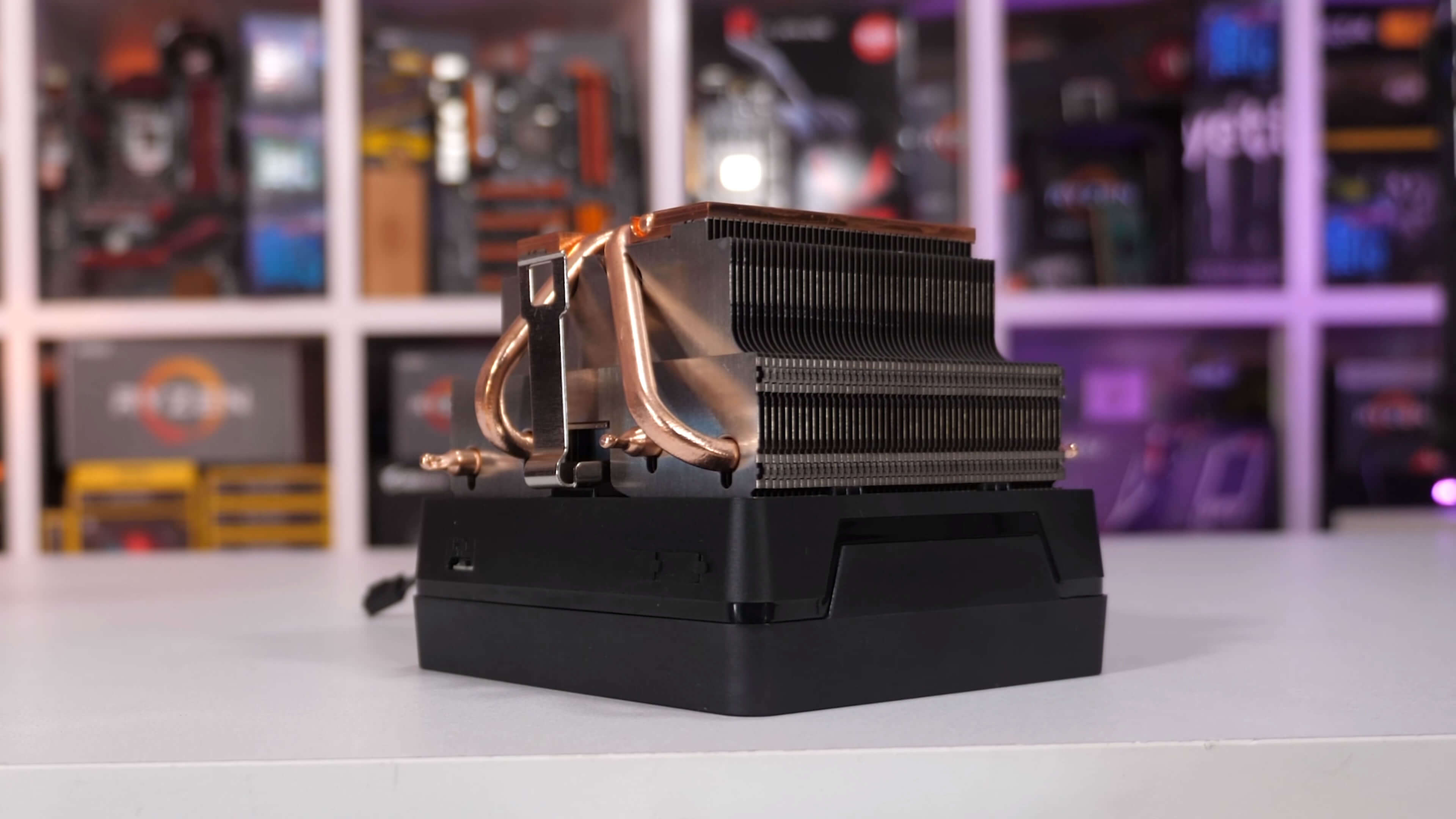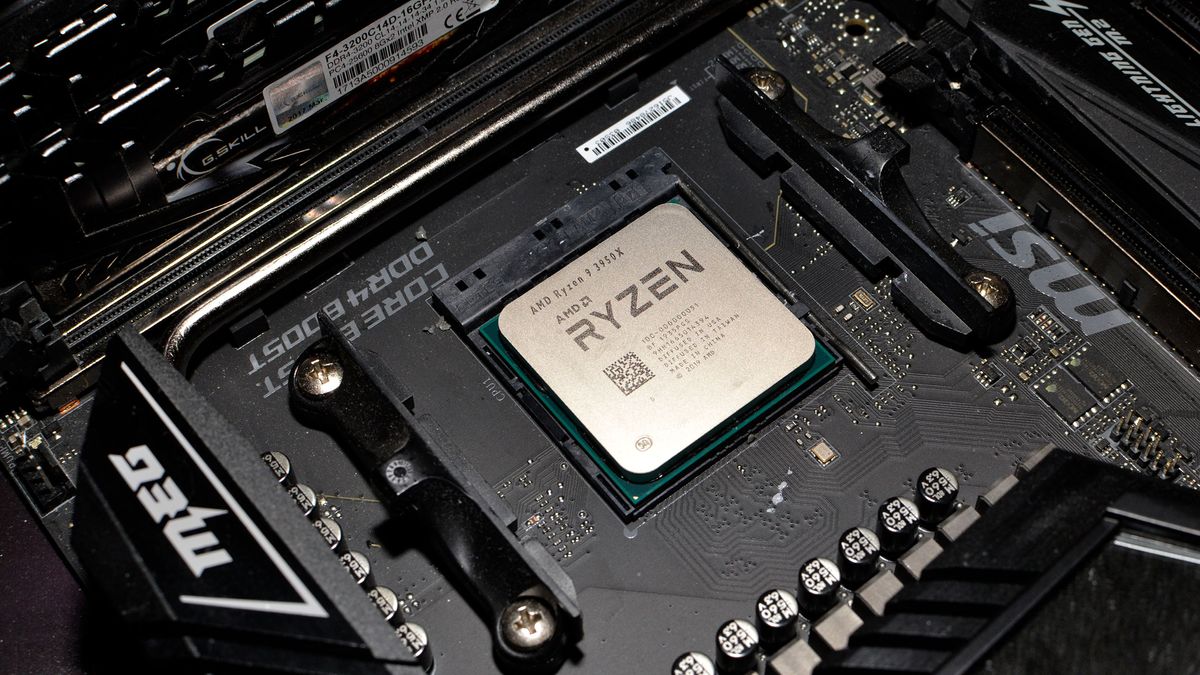Yeah, well. I won't comment on how you use your CPUs. It's a free world.
And no, it wouldn't be at 96*C all the time, just like it doesn't run at PL2 all the time (let alone beyond it).
Phoronix gave the average values: 56*C and 124W - under load, over multiple tests.
BTW: is it really such a huge problem to write 96*C, not "96c"? :/
It's peak consumption. It happens for a fraction of a second and is more a sign of CPU elasticity than anything else. And don't worry. If your PSU can't handle that, CPU won't make it explode.
If you make a long enough measurement and collect many data points, you'll see figures over PL2 on every Intel CPU.
On 3900X under load Wraith Prism goes into berserk mode: almost 3000 rpm and hardly something you're able to sit next to without ear plugs. And even then it probably won't be enough during hot days. Check this:
When we reviewed 3rd-gen Ryzen we deliberately used the included box coolers for the majority of the testing, it's included in the price after all. Following up...

www.techspot.com
So 3900X comes with a cooler - in the same way Intel's 9900 and 10900 come with a cooler.
Anyway, if you're OK with this kind of temperatures and noise, you can pair 10900K with a decent $20-30 solution. No need to spend $100.
As I mentioned earlier: let's not dig into every $1. Because we may soon notice that in order to achieve review-level Zen2 performance, you need more expensive RAM and so on.
I think we agree that Intel has a higher entry cost (especially as long as there are only Z490 boards). Let's leave it there.







